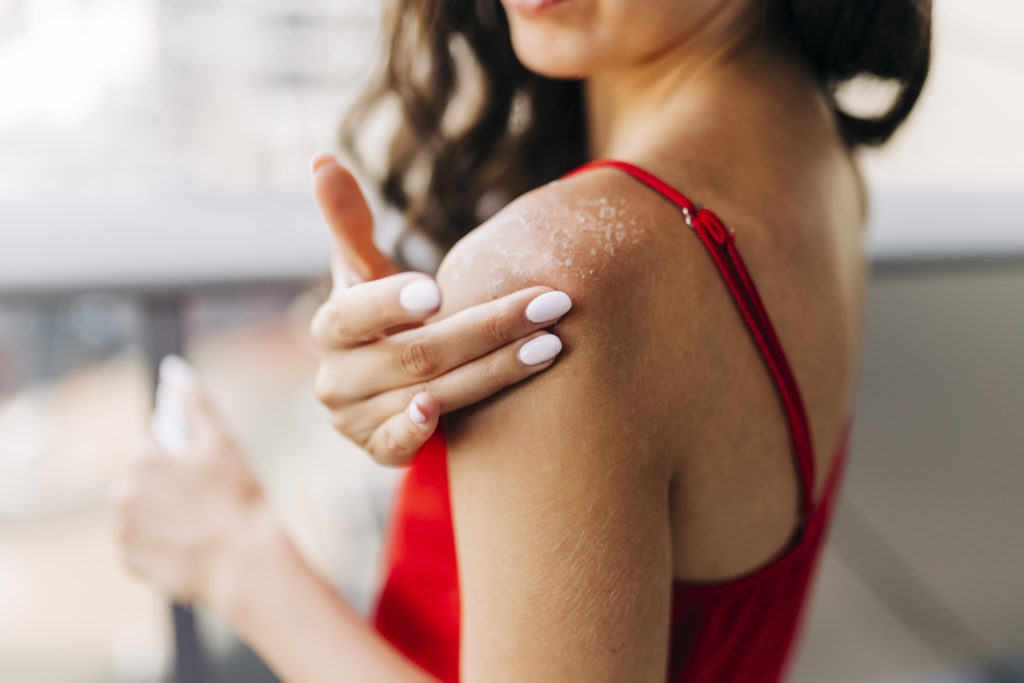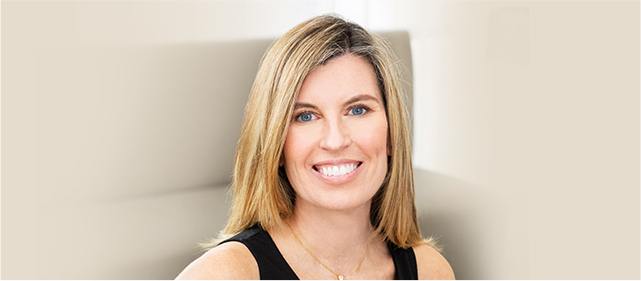We know after a very long, quarantined spring and winter, everyone is thirsting for some extra sunshine and Vitamin D. We often receive inquiries from our patients, asking if there is a safe way to still get that golden brown, summer tan they’ve longed for all year long without negating the safe sun guidelines. Here is what our dermatology team has to say about practicing safe sun and the quest for a summer tan.
Q: “I love how I look with a tan, is it really that bad for my skin?”
A: Thank you for this important question! Summer is around the corner, and after months of quarantining, we’re all more than ready to get outside! Unfortunately, there is no such thing as a “healthy tan.” Tanned skin is damaged skin; damage that could have long-lasting, potentially life-threatening, consequences.
The sun’s ultraviolet (UV) radiation is the leading cause of skin damage. Too much unprotected sun exposure significantly increases your risk for a variety of concerns, from premature signs of aging (lines, wrinkles, discoloration) to skin cancer.
Unfortunately, few of us are as diligent as we should be about sun protection. Most of us will apply sunscreen at least once while at the beach, pool, backyard, etc.– however, few of us reapply often enough, and very few of us apply sunscreen during the rest of the year. Sunscreen reapplication should be considered a critical, preventative health care habit all year long; about 80% of the sun’s UV (ultraviolet) rays pass through clouds year-round. Daily protection is needed during all seasons and in all-weather. Here’s why:
Millions of people are diagnosed with skin cancer every year, and contrary to popular belief, anyone can get it.
The sunlight’s radiation damages the genetic material of skin cells, causing them to mutate and grow uncontrollably, forming malignant tumors, like Melanoma – the most dangerous form of skin cancer. Factors that significantly increase your risk of getting melanoma include light skin, family history, having multiple moles, blistering sunburns, and unprotected sun exposure – the only preventable risk factor.
Sunscreen can protect your skin from absorbing harmful UV rays and dramatically decreases your risk of developing skin cancer. I recommend generous applications of sunscreen with an SPF of 30+ to all exposed skin, reapplied every 2 hours if you are sweating or in and out of the water. In addition, wear sun-protective clothing and accessories, such as long sleeves, pants, broad-brimmed hats, and UV-blocking sunglasses. Of course, seek shade as much as possible, especially between 10 AM and 2 PM.
Sunscreens are very effective when used properly. Always choose sunscreens that are “water-resistant” and “broad-spectrum,” which protect against both UVA and UVB rays. Apply at least one ounce (enough to fill a shot glass) to the body and another teaspoon-full to the face, about 20 to 30 minutes before you go outdoors. Reapply every 2 hours, especially after swimming and sweating. Be sure to cover all exposed areas, including your ears, lips, face, hands, shoulders, back, and feet. One of my favorite brands is EltaMD, a broad-spectrum formula designed for all skin types. It’s long-lasting, lightweight, non-comedogenic, nourishing, and moisturizing.
Although skin cancers can be deadly, they are often completely curable when diagnosed and treated early, which is why I highly recommend annual full-body exams with a well-trained, experienced dermatology clinician. A full-body skin exam is a thorough evaluation of the skin, from head to toe, including spots that are difficult to examine on your own. These exams detect suspicious marks or moles before they become dangerous to your health. You should also check your own skin for new or changed marks, moles, or lesions at least once every 3 months – and consider Mole Mapping, a valuable tool that provides baseline imagery to help identify changes in existing moles and detect new ones.
It is important to note that tanning beds are NOT a safe substitute for the sun. Radiation from tanning beds is much more damaging than rays from the sun and can increase your risk of developing skin cancer exponentially. A great way to achieve a safe, sexy tan is by using a high-quality self-tanning product. I like Vita Liberata – an odorless, non-toxic, non-streak, easy-to-use product that doesn’t streak and provides a gorgeous, golden glow.
Our Dermatologist Specialists






